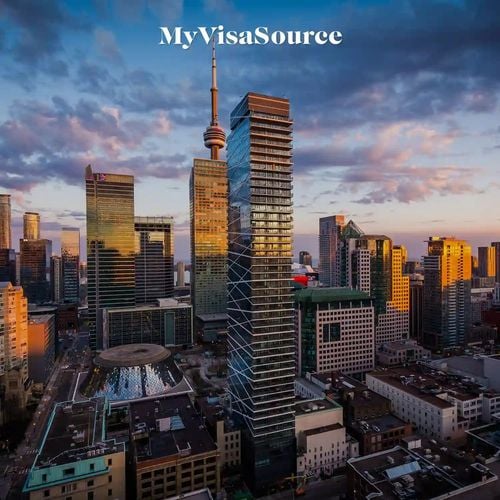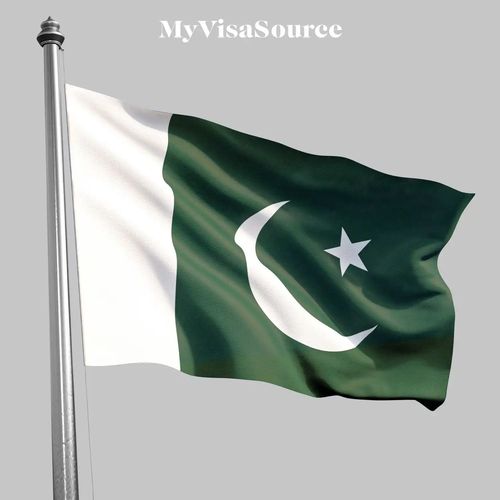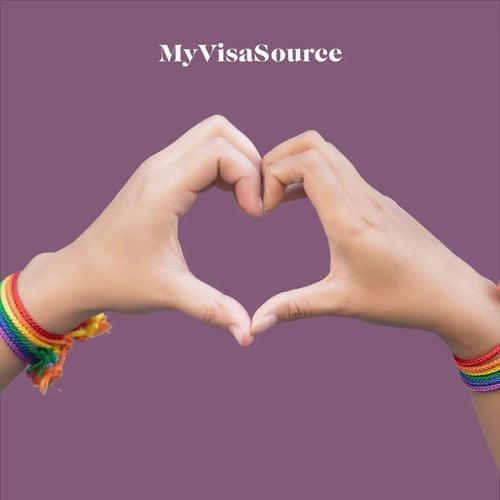Recent data revealed by the PIE News evaluates the efficacy of the Student Direct Stream (SDS) Program across top source countries. According to recent figures, 8 out of 10 international students from India were successful in applying for a Study Permit through the SDS program. While only 4 out of 10 applicants were successful in getting a non-SDS Study Permit. India is the top-most source country for international students to Canada.
Next in line, out of over 13,8000 Study Permit applications filed by Chinese students till May 2021, almost 89% were successful. While 88% of the total 1,300 SDS applicants from China were approved. This statistic supports the fact that Chinese students are more likely to apply for a non-SDS Study Permit. During the first half of 2018, around 4,769 SDS applications were approved, however, non-SDS approvals have remained consistently high ever since.
Until May 2021, only 1,134 SDS applications were approved for Chinese students compared to the 12,395 non-SDS applications. This indicates that the SDS program may not be the “fastest, easier, and more accessible” option for Chinese students.
Recently, the Canadian government announced the addition of 7 Latin and Central American countries to the list of eligible countries for the SDS program. The data also revealed that the introduction of the SDS program in certain countries in 2018 led to the increase in refusal rates for non-SDS Study Permits.
How Did the SDS Program Affect the Approval Rate for Study Permits?
According to the data, the approval rate for non-SDS Study Permits was 71% and 65% for the first and second quarters of 2018, respectively. However, after the processing of SDS applications for Indian students began in mid-2018, the approval rates in the next quarters of 2019 declined by 39%. This rate recovered back to 60% in the fourth quarter of 2020.
More or less is the same for international students from Vietnam. In 2018, the non-SDS Study Permit approvals stood at 76%, 77%, and 66% for the first three quarters, respectively. This rate dropped to 34%, 44%, and 42% in 2019 after Vietnam was added to the list of eligible countries for the SDS program in 2018.
How Did the Covid-19 Pandemic Affect the SDS Program?
Due to the international border and travel restrictions, international students were unable to travel to Canada between March and October 2020. While the Immigration, Refugees, and Citizenship Canada (IRCC) continued processing study permit applications, applicants weren’t allowed to travel to Canada.
In 2020, around 25,714 non-SDS Study Permits were issued for 7 countries under the SDS program compared to the 68,181 in 2019. These countries include- India, China, Vietnam, Morocco, Pakistan, the Philippines, and Senegal.
The SDS approvals declined for 4 countries that offered the program all around the year.
|
SDS Approvals |
2019 |
2020 |
|
India |
77,253 |
21,815 |
|
China |
2,328 |
1,358 |
|
Vietnam |
1,527 |
584 |
|
Philippines |
671 |
172 |
However, the SDS program has increased approvals for non-SDS Study Permits. Between May 2018- May 2021, the IRCC approved around 390,181 non-SDS Study Permit applications from 7 countries with a 66.7% approval rate. Over the same period, a total of 312,546 SDS applications have been approved, with an approval rate of 79.4%.
China has had a 95% approval rate relative to the 11,388 SDS applications received since 2018. Therefore, the efficacy differs across different countries.



















